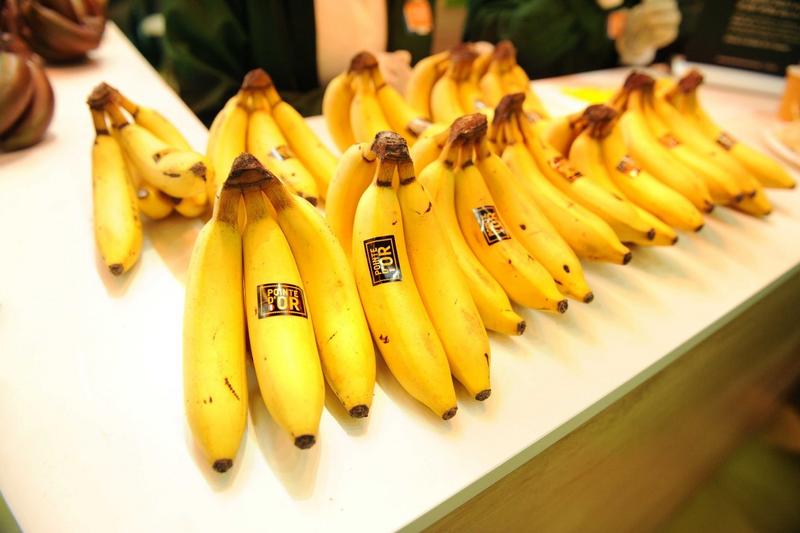Saving the banana the non-GMO way

Published: March 29, 2022
Category: Non-GMO News
By Jonathan Matthews and Claire Robinson
For over 20 years in news story after news story they’ve been telling us that only genetic modification can save the banana—and yet again, such claims turn out not to be true.
Edible bananas are sterile, they told us, and they can only be cloned, so if they’re very vulnerable to things like Panama disease you can’t give them resistance except via GM. But at the end of last week under the headline, This is how scientists are saving the world’s banana crop, the Telegraph reported that experts at Cambridge University have shown that different banana varieties can be grafted together to build in disease resistance and other traits to keep bananas healthy without any need for genetic modification.
Unlike genetic engineering, grafting has been in use since antiquity and is even mentioned in the Bible. It wasn’t thought to be usable with bananas but a novel approach has shown it is possible at a very early embryonic stage. That enables you to take a shoot from a vulnerable banana plant and place it on to the root of one that is resistant to the disease in question.
According to Professor Julian Hibberd of the University of Cambridge’s Department of Plant Science and senior author of the research published in the journal Nature, “We’ve achieved something that everyone said was impossible.”
This non-GMO breakthrough isn’t just good news for bananas. As Professor Hibberd added, “Grafting embryonic tissue holds real potential across a range of grass-like species. We found that even distantly related species, separated by deep evolutionary time, are graft compatible.”
Around 60,000 plant species, including food staples like rice, wheat and barley, are such monocots, which were previously thought to be impossible to graft. And as Dr Greg Reeves, who developed the technique and is the first author on the new paper, has pointed out, “Our technique allows us to add disease resistance, or other beneficial properties like salt-tolerance, to grass-like plants without resorting to genetic modification or lengthy breeding programs.”
It’s particularly amusing to see this remarkable non-GMO breakthrough getting headline coverage in the Telegraph because in 2003 the same paper told us that without GM the defenseless banana ‘will be extinct in 10 years’. In fairness, they were just one of many media outlets that churned out such claims. The Times, for instance, told us Bananas ‘will slip into extinction without GM’, while across the Atlantic the headline in the San Francisco Chronicle declared, Without a genetic fix, the banana may be history. In fact, so many such stories were generated between 2001, when New Scientist first reported this claim, and 2011 that we wrote a whole article debunking them.
At a considerably slower rate, such headlines have continued to do the rounds in the media ever since. More recently though, after GM had still not managed to “save” the banana, a wave of headlines with a new slant emerged. Amy Maxmen, for instance, wrote a piece in Nature telling us CRISPR might be the banana’s only hope, while other headlines assured us that CRISPR will save our bananas, or in the words of the industry’s Biotechnology Innovation Organization, Bananas are on the brink of extinction. Gene editing can reverse that.
Meanwhile, non-GMO breeders have already produced a banana resistant to the other major fungal threat to commercial banana production worldwide: Black Sigatoka disease. The new variety of banana, named the Pointe d’Or, can be produced using organic and agroecological production methods and is set to become commercially available in France. You can read about it here and here.
Source: GM Watch
To view source article, visit: https://gmwatch.org/en/106-news/latest-news/20005
Organic & Non-GMO Insights April 2022








